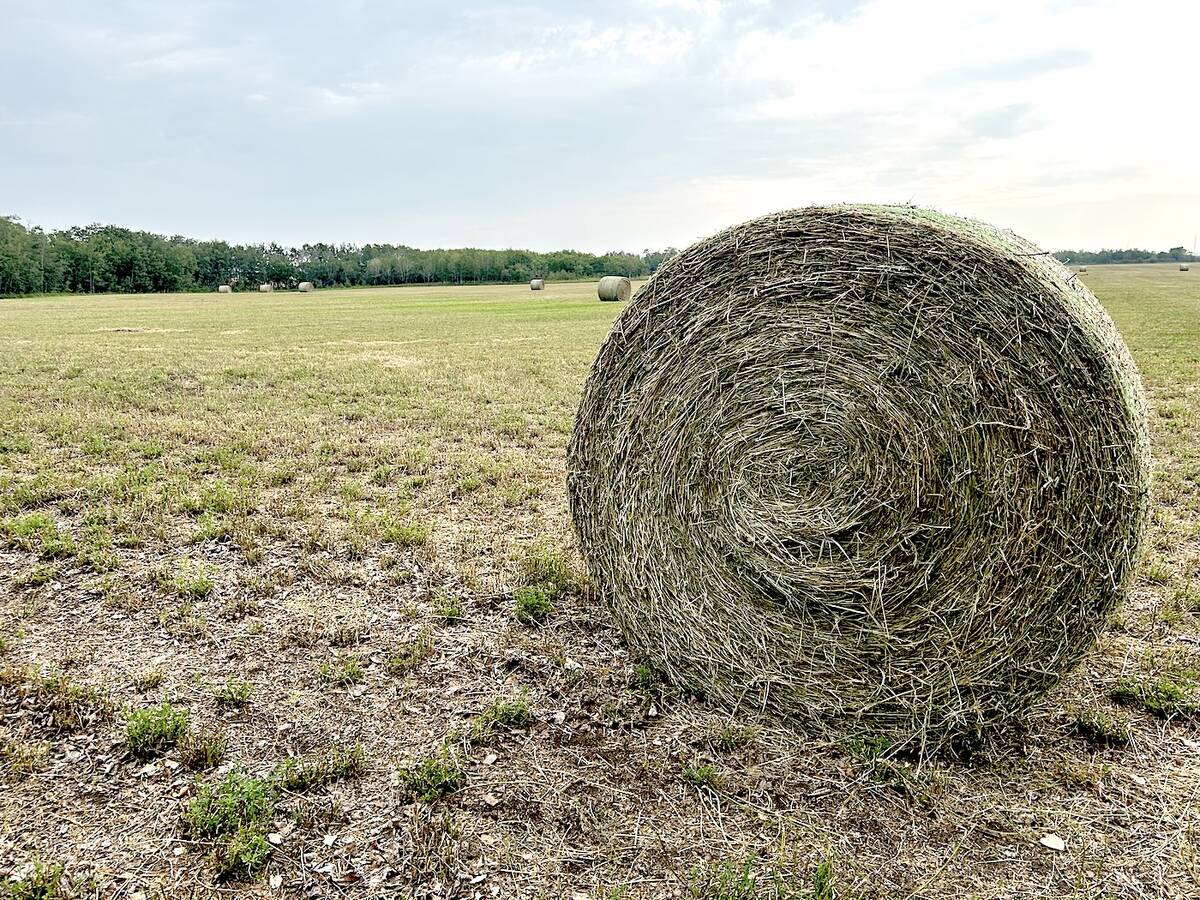Clubroot is still spreading across the province and there are now over 500 infected areas, says Murray Hartman, oilseed specialist with Alberta Agriculture.
A team from the University of Alberta found 67 infected fields among 341 surveyed in 2010. Agricultural fieldmen found another 44 cases.
“Granted, the survey intensity varied from drive-bys to actual field inspection,” said Hartman. “But the more eyes looking for this the better. They did pick up some additional disease.”
Clubroot is most prevalent in counties right around Edmonton.
Spores can stay active in the soil for a long time, which means that patches of infestation can creep up, even though resistant varieties have been developed.
Read Also

Alberta has adequate feed supplies going into winter
Hay yields across Alberta were varied, but one expert says feed supplies are in strong supply for Alberta producers for the upcoming winter.
“I still anticipate that new fields will become infested and that’s going to happen for a while,” said Hartman. “It will take about four or five years before the effects of the resistant varieties will show up.”
Clubroot continues to spread east towards Saskatchewan and increased in the fields that have already been infested.
“The potential for this disease to continue across the Prairies is still very high,” said Hartman. “This disease is going to be very hard to get rid and I don’t think we’ll ever see it disappear from central Alberta.”
Volunteers affected
Hartman said resistant varieties were first seeded two summers ago, and producers were concerned because they were still continuing to find clubroot in the resistant varieties. However, the disease was appearing mainly due to residual volunteers in previous crops.
“Even with resistant varieties, you should expect to see some galls,” he said.
Agricultural fieldmen have been told they need to keep surveying the fields where clubroot has been found, and need to monitor fields where resistant varieties have been planted. “If we find patches sprouting up in a resistant variety, we know that’s probably a good indication of resistance breakdown,” said Hartman.
Pioneer Hi-Bred and Monsanto have developed resistant varieties and Bayer is in the process of developing a LibertyLink hybrid. There are nine possible resistant varieties on the market, or in development. All of these new resistant varieties have high yields and are able to compete with previous lines, said Hartman.
Resistance breakdown is still a concern for many in the industry and breakdown could occur in as little as four years.
Even with resistant varieties, a long rotation is still recommended to preserve the durability of resistance.
“If you have clubroot in your field, and you want to use a resistant variety, you should only plant that particular variety once in every four years,” said Hartman. “If you think you’re going to plant that same variety every two years in that same field, you’re really short thinking.”
———
“Thisdiseaseisgoingto beveryhardtogetridof andIdon’tthinkwe’ll everseeitdisappearfrom centralAlberta.”
MURRAY HARTMAN















